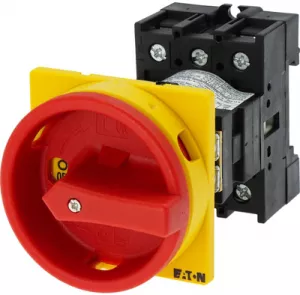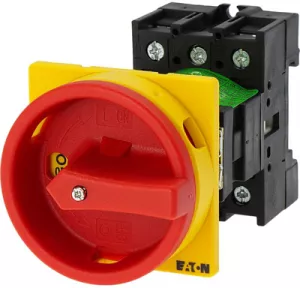Circuit Breakers

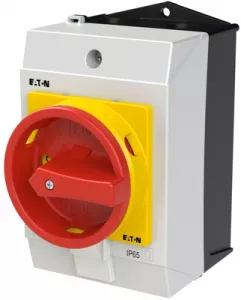
Order No.:
82P0223
Manufacturer SKU:
233987

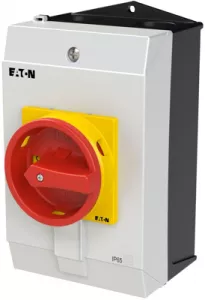
Order No.:
82P0224
Manufacturer SKU:
207293

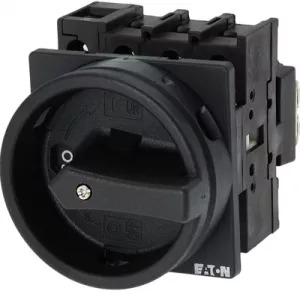
Order No.:
82P0225
Manufacturer SKU:
083960

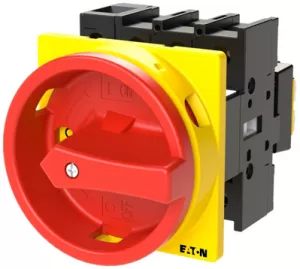
Order No.:
82P0226
Manufacturer SKU:
081587

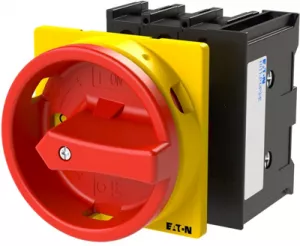
Order No.:
82P0227
Manufacturer SKU:
091080

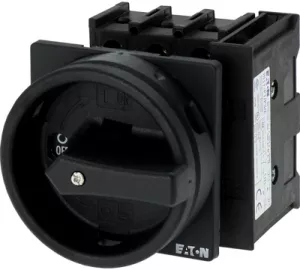
Order No.:
82P0228
Manufacturer SKU:
070194

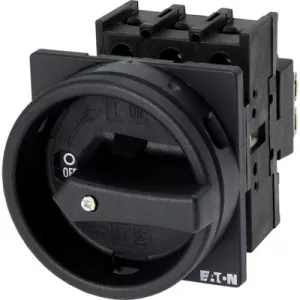
Order No.:
82P0229
Manufacturer SKU:
048365

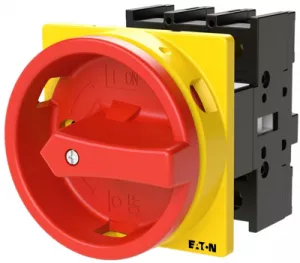
Order No.:
82P0230
Manufacturer SKU:
110197

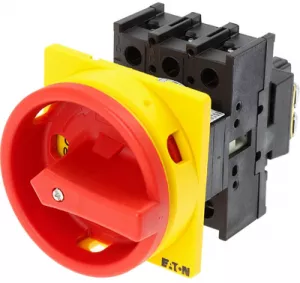
Order No.:
82P0231
Manufacturer SKU:
041097
Order No.:
82P0232
Manufacturer SKU:
055335

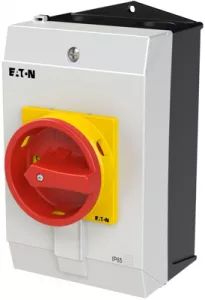
Order No.:
82P0233
Manufacturer SKU:
207319

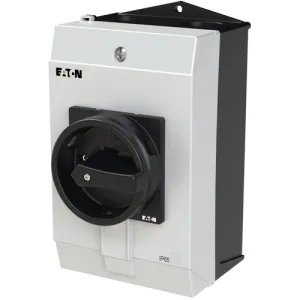
Order No.:
82P0236
Manufacturer SKU:
207315

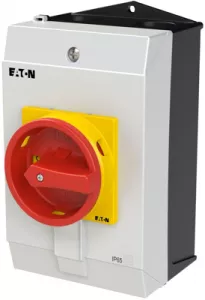
Order No.:
82P0237
Manufacturer SKU:
207314

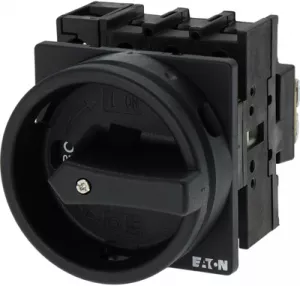
Order No.:
82P0238
Manufacturer SKU:
093452

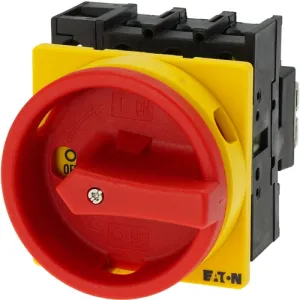
Order No.:
82P0239
Manufacturer SKU:
091079

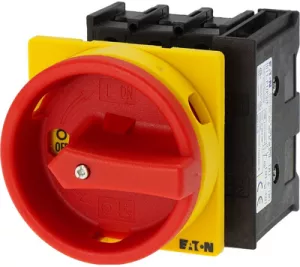
Order No.:
82P0240
Manufacturer SKU:
072567

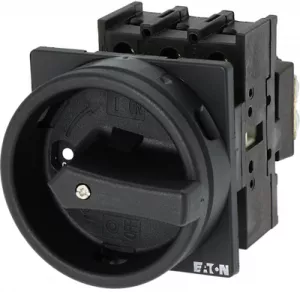
Order No.:
82P0241
Manufacturer SKU:
053111

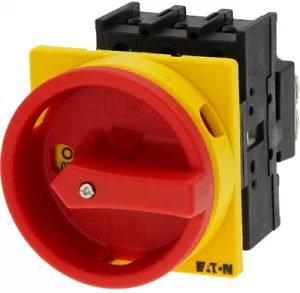
Order No.:
82P0242
Manufacturer SKU:
081438
Order No.:
82P0243
Manufacturer SKU:
095676

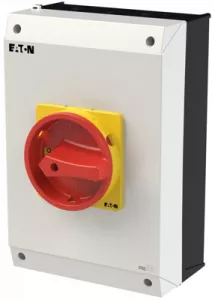
Order No.:
82P0248
Manufacturer SKU:
207348
Safety guaranteed: Functions and advantages of switch-disconnectors
Circuit breakers are used to protect electrical circuits by automatically switching off in the event of an overload or short circuit. They can be switched back on, eliminating the need for one-way fuses. Switch-disconnectors, on the other hand, specialize in safely isolating electrical circuits from the power supply.
Unlike circuit breakers, switch-disconnectors do not perform a protective function, but merely ensure safe isolation as well as prevention of accidental switch-on. Both electromechanical components are indispensable in electrical installations and in the energy sector, with circuit-breakers primarily ensuring the protection of installations, while switch-disconnectors are used for maintenance and repairs.
